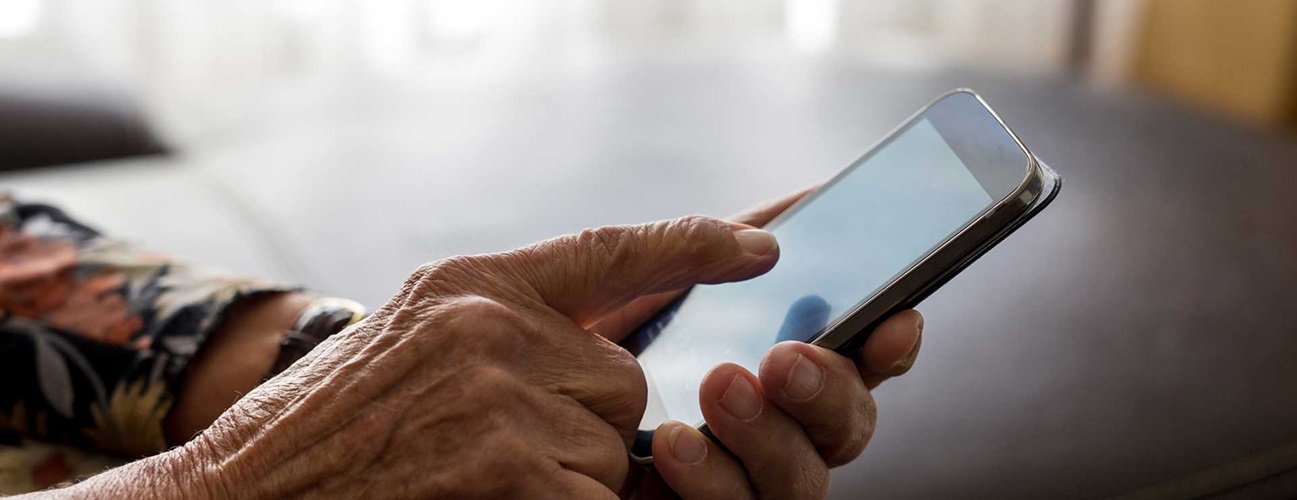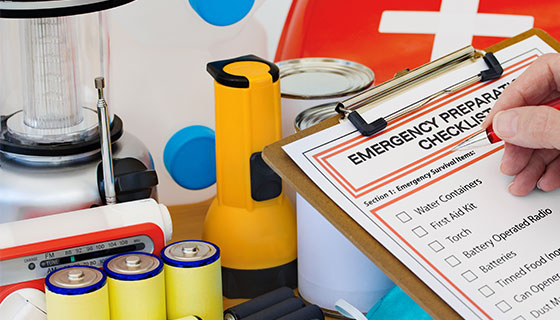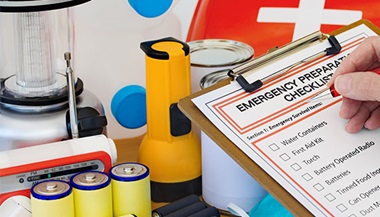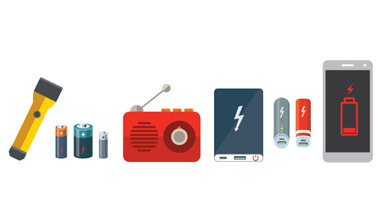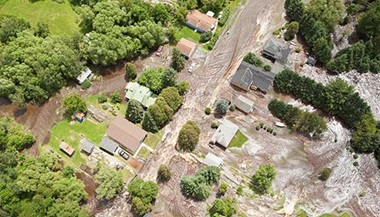The Lifesaving Power of Your Phone
Forget Facebook, iTunes and Candy Crush Saga. Your smartphone is more than an entertaining toy; it may also save your life. Johns Hopkins physicians and researchers are developing smartphone apps that can alert you to an incoming tornado, help you find your family after a hurricane or fire, and even give health officials a heads-up about a pending flu pandemic.
Your Phone in an Emergency
Thomas Kirsch, M.D., director of the Johns Hopkins Center for Refugee and Disaster Response, has been working with the American Red Cross to develop a series of disaster-related smartphone applications that, ideally, will be able to reduce casualties and chaos in the wake of situations like Superstorm Sandy.
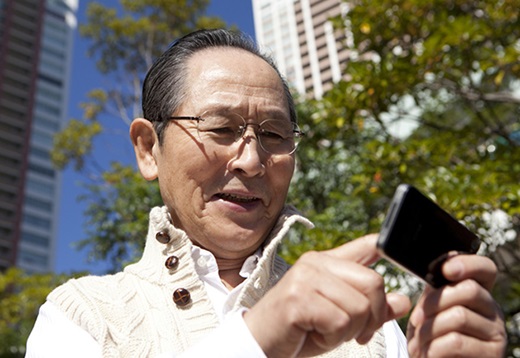
“One of the big issues in personal preparedness and disaster preparedness is that most people don’t feel threatened until it’s too late,” says Kirsch, so they don’t take the time to prepare. The development of smartphone apps, however, marks a paradigm shift in the ability of organizations like the Red Cross to reach people before, during and after an emergency.
For instance, the Red Cross tornado app emits a siren sound when weather officials issue a tornado warning, even if the app is closed. The agency’s wildfire app includes links to fire-fighting agencies in every state and instant access to traffic information in case of evacuation. All apps also include “I’m Safe” alerts that use Facebook, Twitter, email and text to let family and friends know your status, and a tool kit with a strobe light, flashlight and audible alert functions. (The apps are available free from the Red Cross and from the iPhone and Android app stores.)
The first real test of the Red Cross apps came during Superstorm Sandy, Kirsch says. The app enabled the organization to feed real-time information to users about shelter locations, even which gas stations were open. “It was a tremendous benefit,” he says. And it was a huge success, with millions of downloads in the days just before, during and after the storm.
Another app Kirsch recommends (even to his kids) is the Red Cross first aid app. “Most of us don’t know the basics of first aid,” he says. “This gives you everything.”
Apps That Help Health Care
In addition to developing apps for consumers, Kirsch and his colleagues at the Johns Hopkins National Center for the Study of Preparedness and Catastrophic Event Response have developed web-based apps for health care professionals. These include EMCAPS 2.0, an app to help hospitals estimate the number and type of casualties that could result from 11 different disasters; Surge, which helps hospitals, intensive care units and other clinical units determine the impact of various disasters on their units and bed capacity; and FluCast, which helps forecast the number of flu patients hospital emergency departments are likely to see in a given week. (The apps are available free at PacerSuite.)
Try It Tap Into Healthy Apps
Disaster-preparedness apps are just the tip of the health app offerings. Other good apps to have on your phone include those that allow you to access your medical records online, such as Johns Hopkins Medicine’s MyChart, and track your medications (some even alert you when it’s time to take them). Check with your health care professionals for app recommendations.

